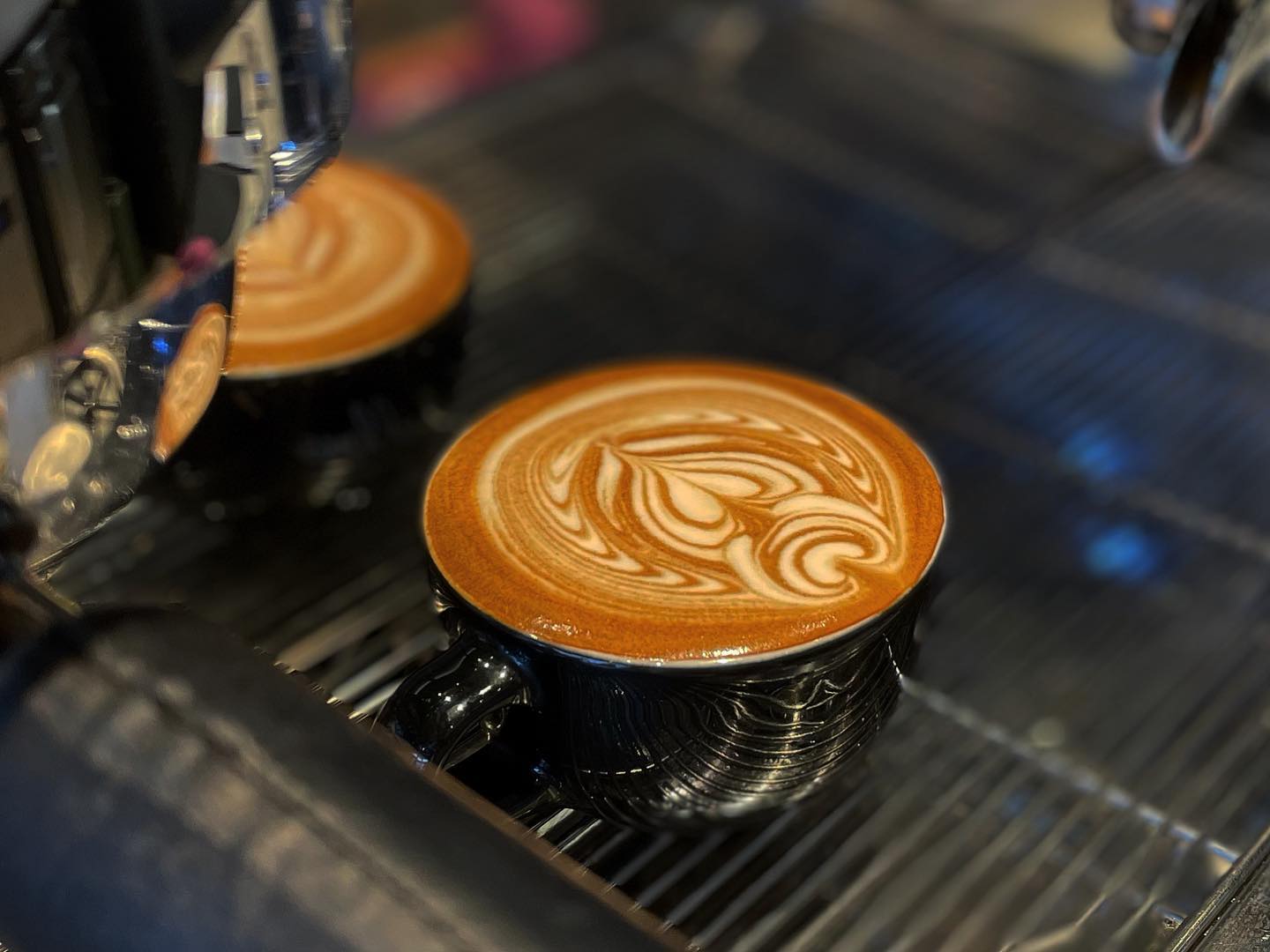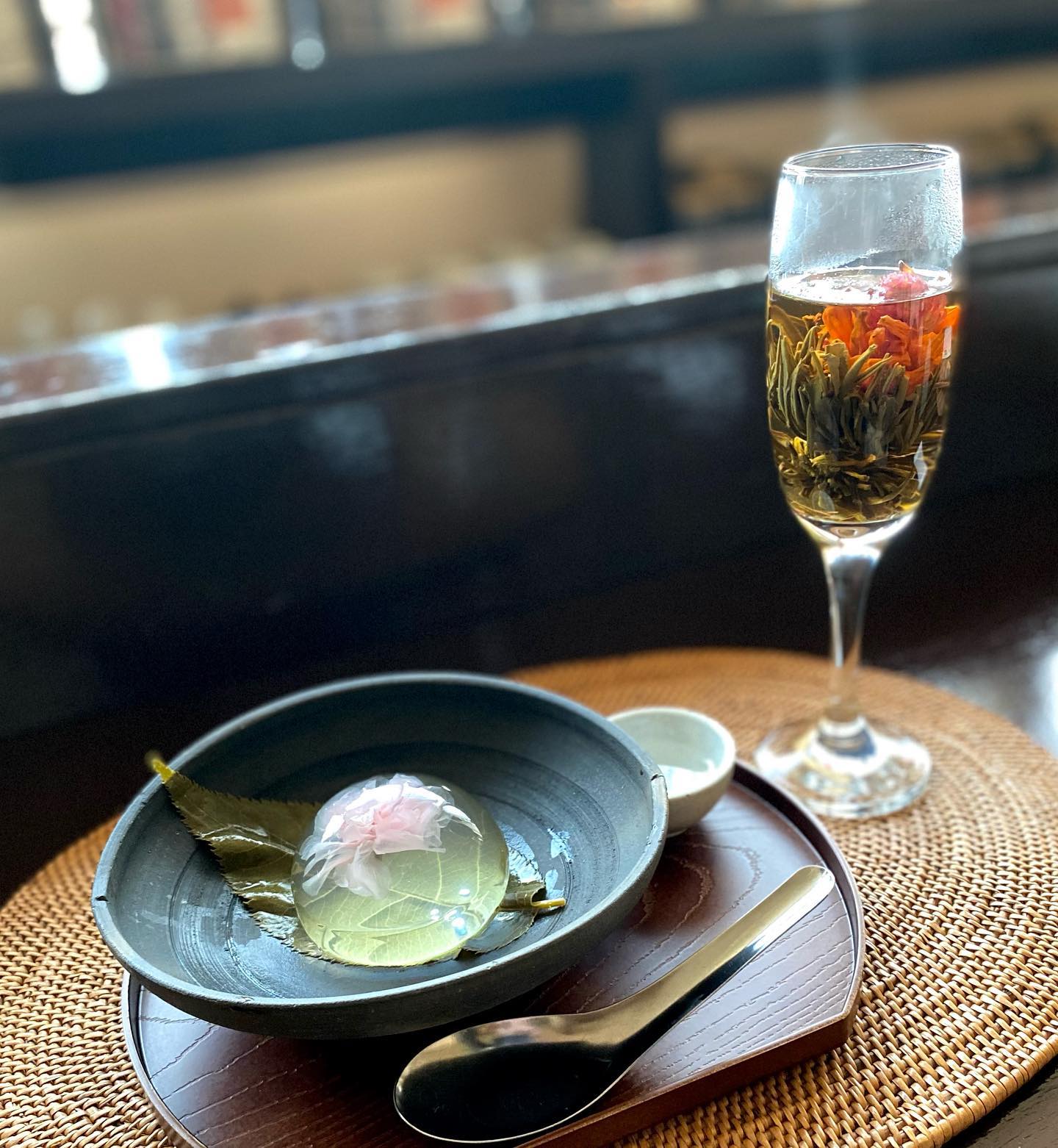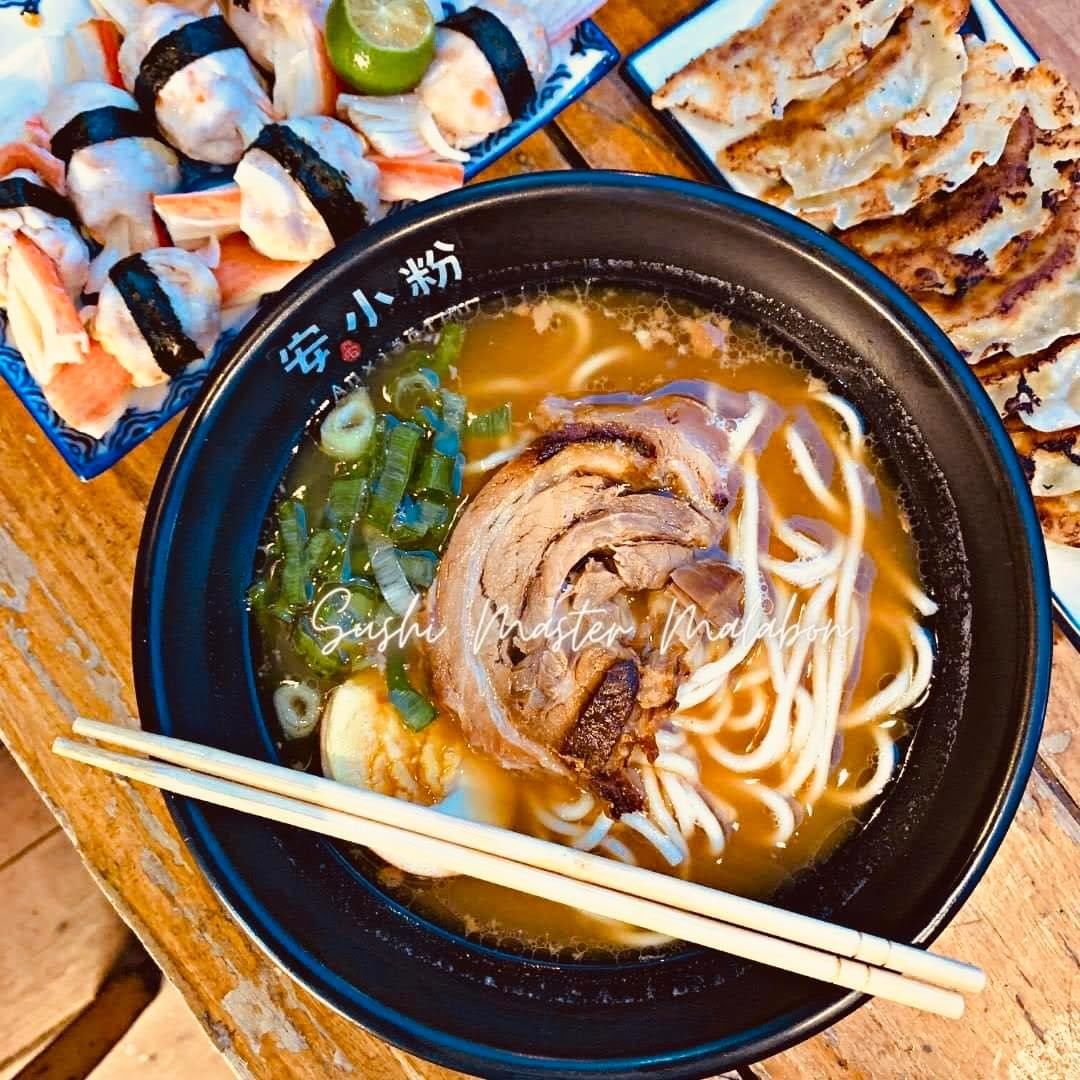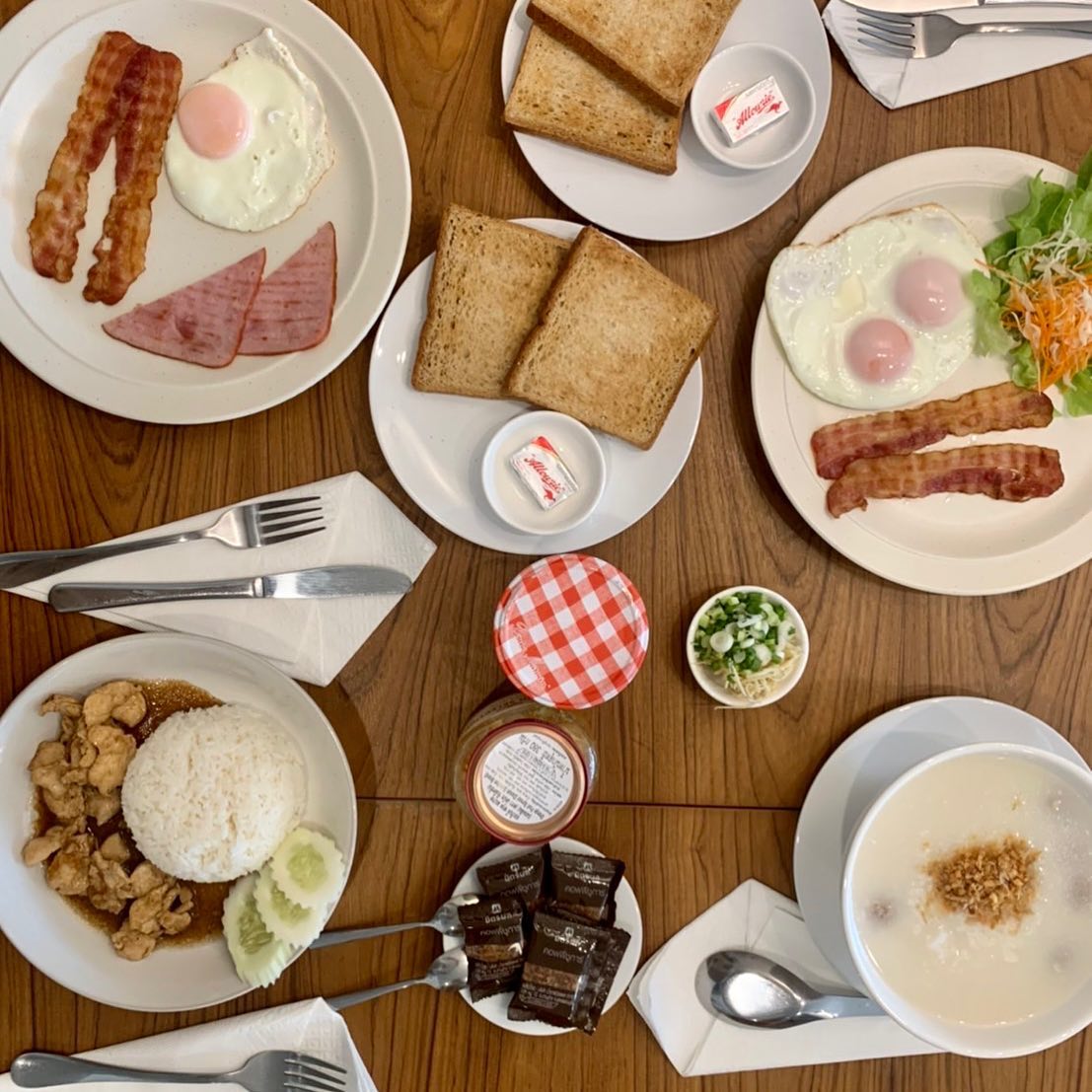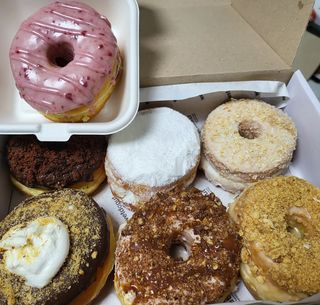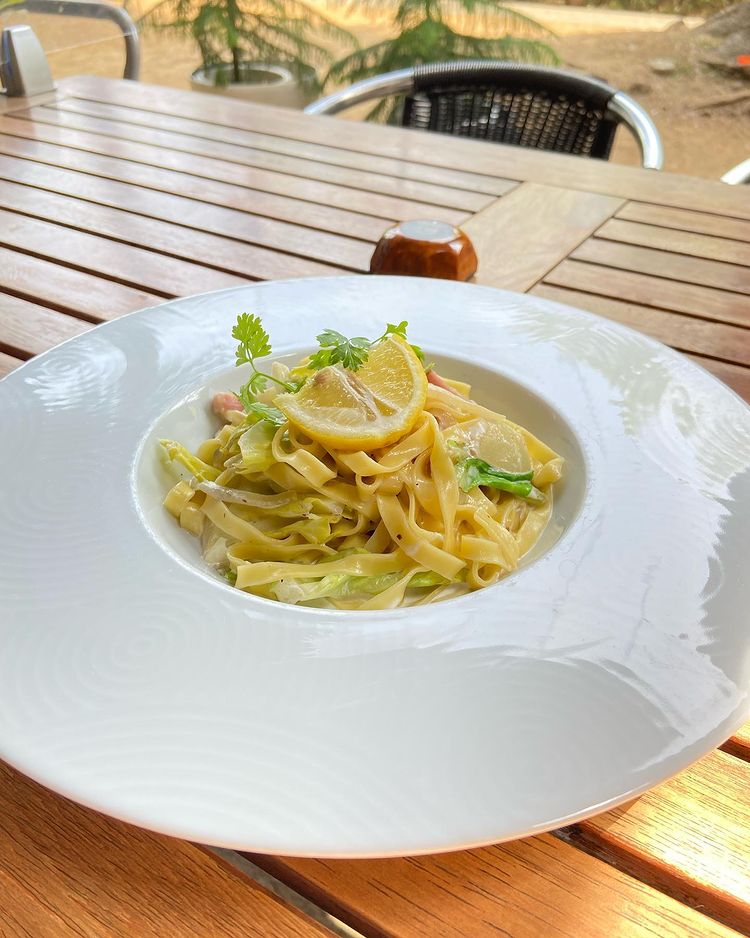Coffee culture has evolved over the years, and alongside favorites like cappuccinos, lattes, and espressos, a newcomer has emerged as a fan favorite: the flat white. Born in the coffee capitals of Australia and New Zealand, the flat white offers a sophisticated balance of strong espresso flavor and smooth, velvety milk. Its popularity has skyrocketed in cafés around the world, and now, you can recreate this smooth, rich coffee drink in the comfort of your own home.
If you’ve ever wondered how to make a flat white coffee, you’re in the right place. This guide will walk you through every step, from selecting the right beans to mastering milk frothing techniques, ensuring you can craft the perfect flat white every time. So, let’s dive in and elevate your coffee game!
What Makes a Flat White Coffee So Special?
Before you get started, it’s helpful to understand what sets the flat white apart from other coffee drinks.
A flat white is an espresso-based coffee drink that combines the bold flavors of a double shot of espresso with the creamy texture of steamed milk. Unlike a latte, which has a relatively larger milk-to-espresso ratio, a flat white is designed to offer a stronger coffee flavor, but with a smoother, more refined milk texture. It’s topped with a thin layer of microfoam, which is steamed milk with very fine bubbles that give the drink its silky consistency.
In simpler terms, the flat white is the sweet spot between a strong espresso and the silky texture of milk, offering a perfect harmony of both worlds.
What You’ll Need to Make a Flat White Coffee
To get started, you’ll need a few key ingredients and pieces of equipment.
Ingredients:
- Espresso Coffee Beans: High-quality, freshly roasted beans are essential. A medium to dark roast works best for a flat white. The richness and depth of flavor will balance well with the milk.
- Milk: Traditionally, whole milk is used for the creamy texture, but you can use non-dairy alternatives such as oat, almond, or soy milk for a plant-based option.
- Water: Clean, filtered water ensures that you get the best taste from your coffee.
Equipment:
- Espresso Machine: This is crucial for brewing the perfect shot of espresso and for steaming the milk with a steam wand. If you don’t have an espresso machine, you can use an alternative method like a stovetop espresso maker, but the steam wand will give you the authentic texture of a flat white.
- Milk Frother or Steam Wand: This is what turns your milk into microfoam, a key component in making a true flat white.
- Coffee Grinder: Freshly ground coffee beans create a better espresso shot, so invest in a good quality grinder.
- Coffee Cup: For a flat white, aim for a 5 to 6-ounce cup, which ensures that the ratio of espresso to milk is perfect.
Step-by-Step Instructions to Make the Perfect Flat White
1. Grind Your Coffee Beans
The key to a great espresso shot starts with freshly ground coffee. For a flat white, the grind size should be fine, similar to table salt. This ensures proper extraction when brewing the espresso. You’ll need about 18 to 20 grams of ground coffee for a double shot.
If you’re unsure about your grind size, a good rule of thumb is to adjust it so the coffee flows out of the espresso machine in a steady stream. Too coarse, and the water will pass through too quickly, leading to weak coffee. Too fine, and the water will struggle to get through, resulting in over-extraction and bitterness.
2. Brew Your Espresso
Now, let’s get brewing! Using your espresso machine, brew a double shot of espresso. A double shot provides the perfect base for a flat white, balancing the milk’s creaminess with the rich, bold flavor of the coffee. Aim for a shot time of around 25-30 seconds for optimal flavor extraction.
The espresso should have a nice layer of crema on top—this golden foam is a sign of a well-pulled shot. If your espresso lacks crema or has an overly bitter taste, it could be a sign that the grind size, tamping pressure, or brewing time needs adjustment.
3. Steam the Milk to Create Microfoam
While your espresso is brewing, it’s time to steam your milk. The goal is to create a smooth, velvety microfoam, not a frothy foam like you’d see on a cappuccino. Here’s how to do it:
- Pour your cold milk into a metal frothing jug. Whole milk is ideal for achieving that creamy texture, but any milk alternative can work.
- Insert the steam wand into the milk, just below the surface, and turn it on. Aim to create a whirlpool effect in the jug. The steam should make a gentle “hissing” sound, not a loud, frothy one. This means you’re incorporating air into the milk slowly, which is key for microfoam.
- Continue steaming until the milk reaches about 150°F (65°C). If you don’t have a thermometer, this temperature is about when the jug starts to feel warm to the touch. Be careful not to overheat the milk, as it can affect the flavor.
- Turn off the steam and give the jug a swirl to incorporate any larger bubbles. The milk should be smooth, creamy, and glossy.
4. Pour the Espresso and Milk Together
Now it’s time to combine your espresso and milk. Pour the freshly brewed espresso into your coffee cup, then gently pour the steamed milk into the center of the espresso.
The milk should flow in smoothly, blending with the coffee. The microfoam will rise to the top, creating that signature thin layer of foam. The result should be a beautifully layered drink with the espresso clearly visible beneath the smooth milk.
For an authentic flat white, aim for a ratio of about 1/3 espresso to 2/3 milk, with a thin layer of microfoam on top.
5. Serve and Enjoy
Your flat white is ready to be served! You’ll notice its creamy texture and strong coffee flavor, making it the perfect drink for those who love a smooth, rich coffee experience without the overwhelming milkiness of a latte.
If you’re feeling fancy, you can sprinkle a touch of cocoa powder, cinnamon, or even a little chocolate shavings on top. However, the beauty of the flat white lies in its simplicity, so enjoy it in its purest form.
Read More: How to Make Bulletproof Coffee
Additional Tips for Making the Perfect Flat White
- Use Fresh Coffee Beans: Freshly ground coffee beans create a much richer and aromatic espresso shot than pre-ground coffee.
- Experiment with Milk Alternatives: Oat milk is a popular choice for flat whites, creating a creamy texture that pairs beautifully with espresso. Try different milk options to find the one that best suits your taste.
- Perfect the Frothing Technique: The key to a great flat white lies in the texture of the milk. Aim for a silky, smooth consistency without big, airy bubbles.
- Get the Ratio Right: A flat white should have a 1:2 espresso-to-milk ratio, with a thin, creamy layer of microfoam. Too much milk, and it’ll feel like a latte; too little, and it’ll taste like straight espresso.
Checkout: How to Make Baileys Coffee
Why Make Your Own Flat White at Home?
Making a flat white at home can be a rewarding experience for coffee enthusiasts. It gives you full control over the ingredients and the brewing process, ensuring every cup is tailored to your exact taste. Plus, making coffee at home is more affordable than frequenting your local café. Once you master the art of the flat white, you’ll be able to enjoy this café-quality drink whenever you want.
More About: How to Make Americano Coffee
Conclusion: The Perfect Flat White Awaits
Crafting the perfect flat white is both an art and a science. From selecting the right beans to steaming milk to perfection, each step contributes to a balanced, delicious cup of coffee. With practice, you’ll be able to make a flat white that rivals those served at your favorite coffee shop, right in your own kitchen.
Whether you’re a coffee novice or a seasoned enthusiast, perfecting your flat white is a journey worth embarking on. So grab your beans, fire up your espresso machine, and enjoy a rich, creamy flat white that will elevate your coffee experience to new heights. Happy brewing!
FAQs About Making a Flat White Coffee
A flat white and a latte are both espresso-based drinks, but they differ mainly in the milk-to-espresso ratio and milk texture. A flat white typically has a higher concentration of espresso and a smoother, creamier layer of microfoam, with a velvety consistency. A latte, on the other hand, uses more steamed milk and less foam, making it milder in flavor and milkier in texture. In short, the flat white is stronger and creamier, while the latte is milder with a larger milk-to-coffee ratio.
While an espresso machine is ideal for making a flat white, it’s still possible to create a similar drink without one. You can use a stovetop espresso maker or a French press to brew the coffee. For the milk, you’ll need a milk frother or a steam wand (or even a hand-held milk frother) to create that smooth, velvety microfoam. The key is getting the milk froth right—smooth and creamy, without large bubbles.
Traditionally, a flat white is made with whole milk, which creates a rich, creamy texture that blends perfectly with the espresso. However, you can use alternatives like oat milk, almond milk, or soy milk if you prefer a dairy-free option. Oat milk is particularly popular for its creamy consistency, making it a great choice for a vegan flat white.
Creating microfoam is crucial to making a great flat white. To do this, steam your milk using a steam wand, keeping the tip just below the surface of the milk. This will introduce air slowly and evenly into the milk, creating a smooth, velvety texture without large bubbles. Once the milk reaches about 150°F (65°C), turn off the steam and swirl the jug to incorporate the microfoam into the milk. The goal is a smooth, shiny finish without any frothy or large bubbles.
For a classic flat white, you’ll want to use a double shot of espresso (about 18-20 grams of ground coffee). This provides a strong coffee base that balances well with the creamy milk. If you prefer a stronger coffee flavor, you can opt for more espresso, but a double shot is typically the ideal ratio for a flat white.
